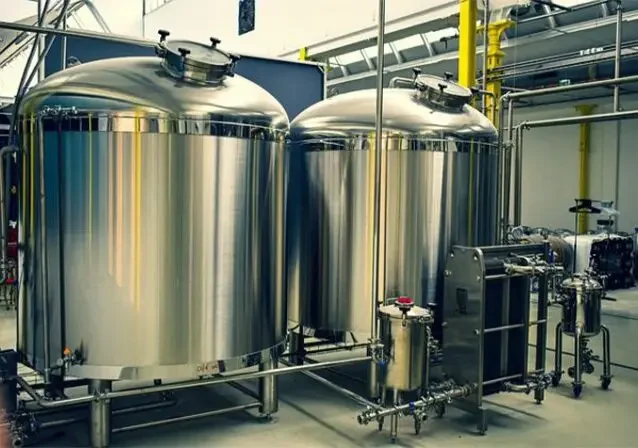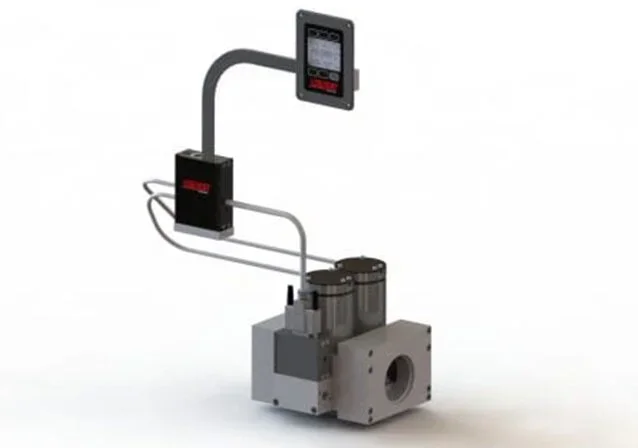Food & Beverage
Keeping produce, meat, and packaged goods fresh requires the precise addition of nonreactive gases and the removal of oxygen. Repeatable drink carbonation also requires highly responsive flow control.
Process and package long-lasting food and beverage products
Controlling gas flows and pressures ensures consumers get the freshness, the crunch, or the creaminess they are looking for.
- Blanketing with gases mixed on site eliminates the need for expensive pre-mixed gases and enables easy traceability of all packaging elements.
- Accurate, low-flow dosing ensures consistent introduction of additives, maintaining quality control.
- Aeration, carbonation, or nitrogenation introduce the bubbles and creaminess customers crave.
Learn more about aeration across industrial processes here.
Applications
Precision dosing of additives and flavorings
CODA Coriolis controllers precisely add oil to potato chips, meeting consumer demands for reduced-oil snacks and ensuring seasonings stick.

Accurate brewing of alcohol and spirits
Alicats are used in alcohol manufacturing to deliver consistent CO₂ injections into beer kegs, regulate gas flow for fermentation and fumigation, and precisely dose batches of alcohol precursors
Read how winemakers use SO2 as an antioxidant
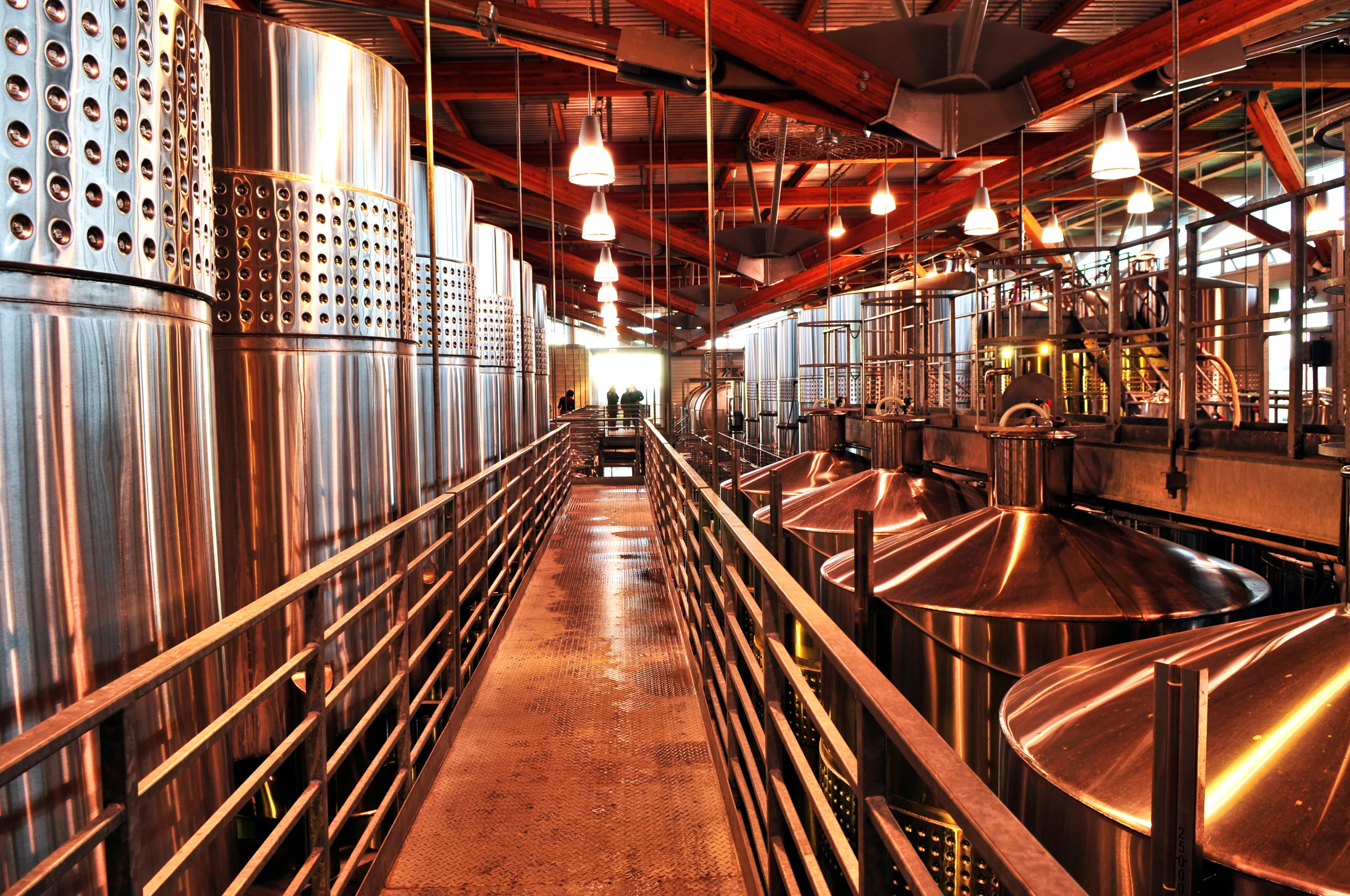
Gas mixing for food preservation
Meat and produce require different MAP gas mixtures to stay fresh – but pre-mixed gases are expensive.
Dynamic, pre-built gas mixers can quickly eliminate waste and easily mix gases with custom compositions and volumes, maintaining traceability at every step.
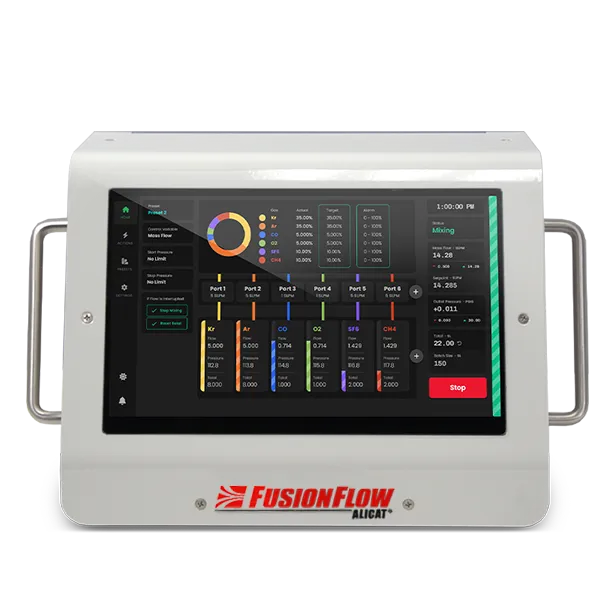
Products
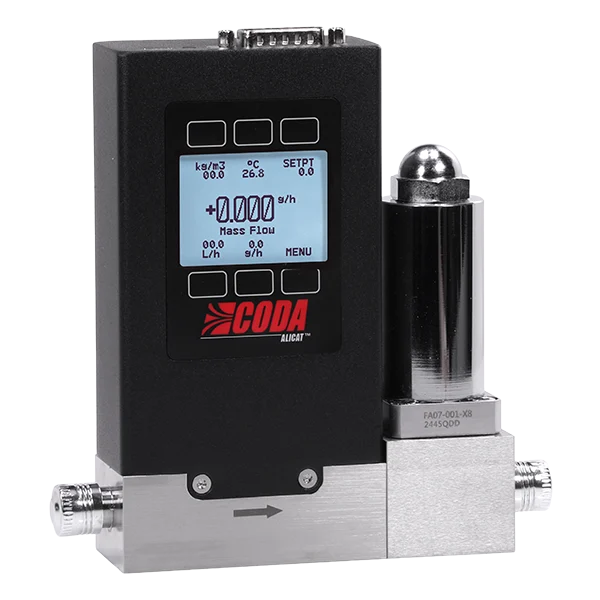
CODA Coriolis mass flow controllers precisely control DI water or high pressure gases.

Hydrogen mass flow meters with integrated totalizers make monitoring easy, up to 12,000 SLPM.

Hydrogen mass flow controllers mimic fuel cell behaviors at full scale flow rates up to 12,000 SLPM with quick response and high accuracy.

Dual-valve pressure controllers reach setpoints in milliseconds and maintain control without continuous bleeding.
